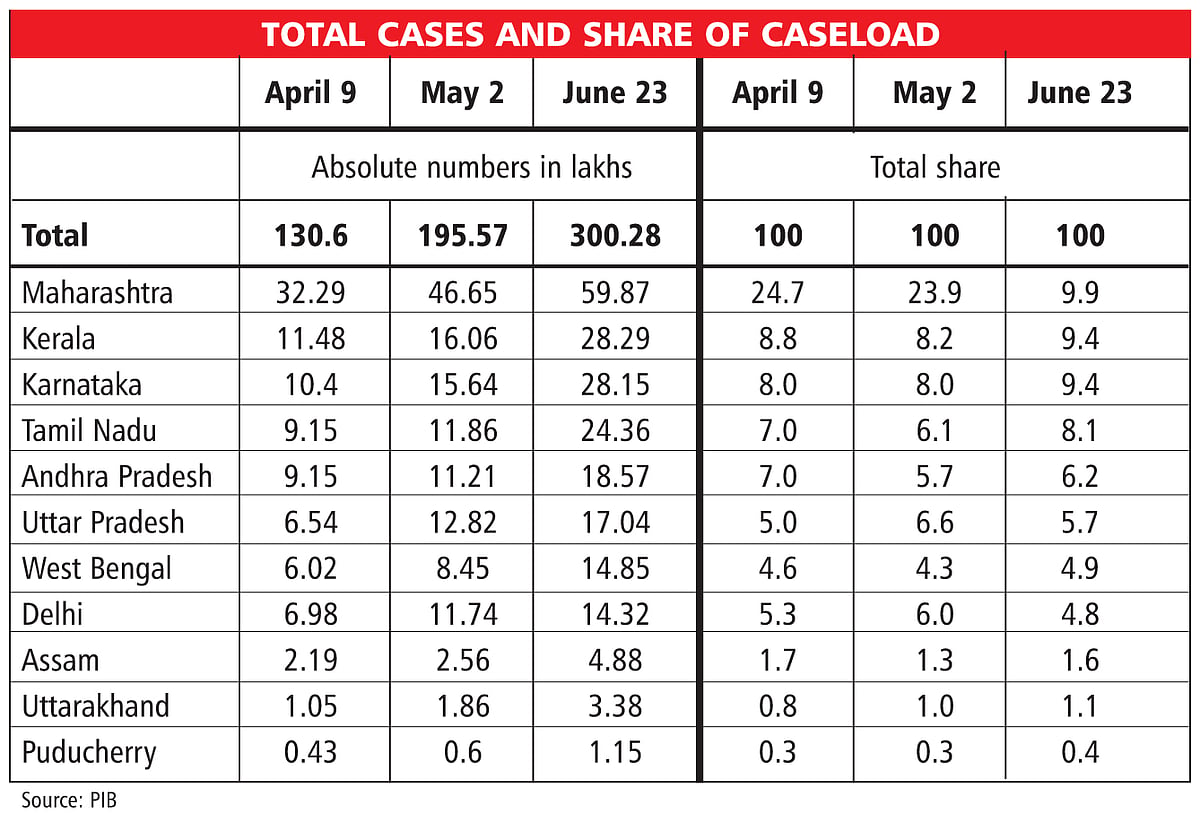https://www.livemint.com/opinion/online-views/the-current-stock-market-craze-should-not-be-wasted-11627318495074.html
A ratings-based algorithm that recommends potential independent directors to companies can help
The issue of independent directors (ID) always comes up for discussion, since Sebi is working tirelessly to improve the quality of governance in the corporate sector. IDs have a very important role, being independent and not guided by the wishes of either the promoter or management. Sebi’s recent directives of getting three-fourths of shareholders to approve ID candidature and have IDs make up two-thirds of the NRC and AC membership are steps in this direction.
The problem is that, very often, there is incentive to control the board, especially when the company is promoter-driven or the management (specifically, the CEO) is ‘larger than life’. Therefore, the issue is not seen only in the promoter-driven company, where the ‘part owner’ assumes full ownership by virtue of starting the enterprise. IDs appointed are often not allowed to really express their views, and if they do have contrarian opinions, they are likely to be replaced. Whenever we hear of IDs resigning for personal reasons from such companies, it is usually a euphemism for not being wanted.
A widely-held public limited company has thousands of shareholders and several institutions which never really meet. Hence, while all the rules say that the AGM should ratify appointments of IDs, the actual attendance is too low to make a difference. This is where the institutional shareholders can be managed by the management (including promoter). The individuals actually don’t matter and those who turn up for the meetings can be outnumbered in case of any protest. Institutions often don’t like to get involved with the running of the company as they are passive investors and can easily be convinced to vote or desist from voting. If the institution is a PSU, the job becomes easier because the lobbying happens directly in New Delhi. Therefore, the entire scenario is quite well staged if these decisions have to get shareholder support.
There is also the issue of how competent the IDs are. Most candidates have perfect credentials having worked in the corporate sector or academia or the bureaucracy. Do they know about the business (often, they could be on multiple boards, companies ranging from banking to machine tools to chemicals)? Often, it has been seen that people in power, on retirement, join companies as IDs; this begs question on good corporate governance as some could be involved in symbiotic dealings in the past.
These issues can be addressed, but we need to think differently. First, to test whether an individual is a good fit for the job, there needs to be some sort of rating or grading for all aspirants. Taking exams, which is the norm now, partly helps. But a rating can be a good signal. It would cover both competence and suitability. SEBI can approve the criteria used. The performance of the ID on other boards will be a part of this exercise. To start, there can be disclosures in annual reports about IDs’ participation, quite like how there is tabulation of the number of questions asked by MPs in Parliament.
However, this rating becomes an integral part of an algorithm that is run when deciding on IDs for a company. It will consider various aspects of the company: size, product, age, ownership, etc. As the complexity increases, the selection becomes more rigorous. This completely rules out the case of powerful management or promoters getting in their own people on the board. Any company looking for an ID makes an application, and the algo would throw up some names that can then be put before the NRC of the company, provided the candidate is agreeable to the company.
Hence, only the short-listed candidates would be independently decided. The advantage is that once the ID joins the board, there is no way the person can be pressurised as the term is fixed. It also opens the doors for providing better remuneration, which has to be part of the package for them to show effective interest.


